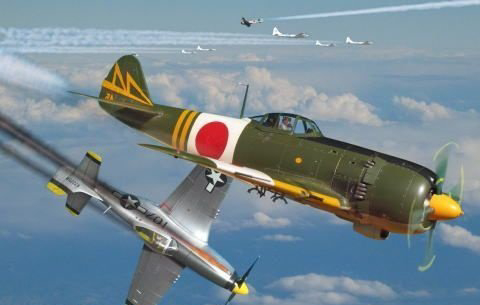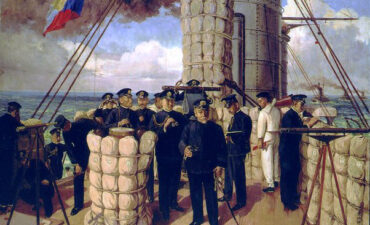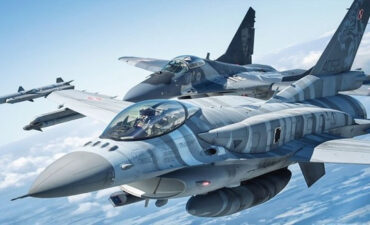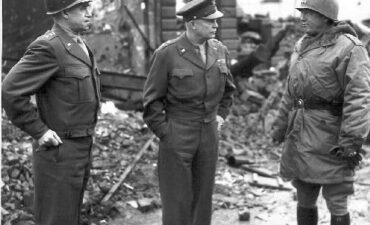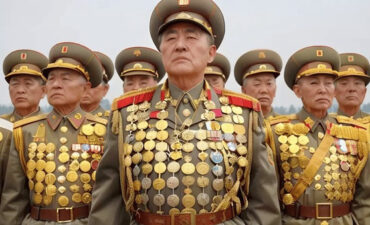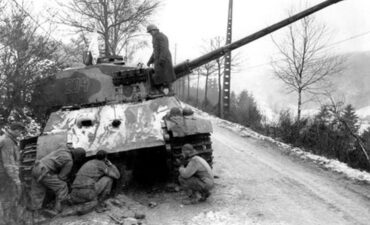What could the Nakajima Ki-84 plane do that the P-51 Mustang couldn’t in WW2, The Nakajima Ki-84 Hayate (often referred to as “Frank” by Allied forces) and the North American P-51 Mustang were both exceptional fighters during World War II, but they had different strengths and capabilities. Here are some aspects where the Ki-84 had advantages over the P-51 Mustang:
Climb Rate:
The Ki-84 had a superior climb rate compared to the P-51 Mustang. This allowed it to gain altitude more quickly, giving it a tactical advantage in certain dogfighting scenarios.
Turn Performance:
The Ki-84 was often praised for its agility and tight turning radius, making it more effective in dogfights at lower speeds and altitudes. Its design allowed for better maneuverability, which was crucial in close combat situations.
Armament:
The Ki-84 was typically armed with four 20mm Type 99 cannons, which provided it with a heavy punch. This armament was effective against both bombers and other fighters. In comparison, the P-51 Mustang was primarily equipped with .50 caliber machine guns, which, while effective, had less stopping power than the Ki-84’s cannons.
Structural Durability:
The Ki-84 was known for its robust construction and could sustain damage better than some of its contemporaries, allowing it to survive more hits in combat.
Performance at High Altitude:
Although the P-51 Mustang was designed for high-altitude performance and excelled in that role, the Ki-84 could still operate effectively at lower altitudes, making it a formidable opponent in varied combat environments.
Surprise Factor:
The Ki-84 was less well-known to Allied pilots initially, which provided a tactical edge in surprise engagements. Many Allied pilots were unprepared for its capabilities early in the war.
While the P-51 Mustang had its own set of advantages—such as range, speed, and overall performance at high altitudes—the Ki-84 excelled in specific scenarios that could prove advantageous in the air combat of World War II.
